Military
These Are the Heroes That Won the Medal of Honor in the Battle of Pearl Harbor

Published:

When Japanese forces launched their surprise attack on Pearl Harbor, it spurred many U.S. military personnel to heroic action. Many were recognized with the nation’s highest military honor, the Medal of Honor. These brave servicemen whose actions went above and beyond the call of duty during one of the most pivotal moments in American history will forever be remembered on this day that will live in infamy. Here, 24/7 Wall St. is exploring the recipients of the Medal of Honor from the December 7, 1941, attack on Pearl Harbor.
It should be noted that the Medal of Honor is a storied U.S. military tradition, spanning more than 150 years and all branches of the armed forces. In this time more than 3,500 medals have been awarded among the 41 million Americans who have served during this time. And in each generation, these soldiers continue to demonstrate the best of what the U.S. military has to offer. (These Are the Heroes That Won the Medal of Honor in the Battle of Iwo Jima.)
24/7 Wall St. reviewed data from the Congressional Medal of Honor Society (CMOHS) to identify the servicemen that were awarded the Medal of Honor in the attack on Pearl Harbor. We included the names of these recipients as well as what branch of the military they served in, and their highest rank. We also included a brief summary of their actions leading to this prestigious honor. All this information is from the CMOHS society.
For some quick background, the attack on Pearl Harbor pushed the United States into World War II. Just before 8 in the morning, hundreds of Japanese fighter planes descended on the naval base near Honolulu, Hawaii, in a surprise assault.
The attack lasted just over two hours but inflicted massive damage on U.S. forces. The Japanese managed to destroy roughly 20 American naval vessels, including eight battleships, and over 300 airplanes. The most devastating of these losses was the USS Arizona, which was hit by a bomb that detonated a powder magazine, causing the battleship to explode violently and sink, killing nearly 1,200 officers and crewmen.
In total the attack killed more than 2,400 Americans and wounded over 1,000 others. This was an attempt to cripple the U.S. Pacific Fleet so there would be no interference with Japanese interests in the Pacific. However, the following day, December 8, 1941, the United States officially declared war on Japan, effectively entering World War II.

The stories of Medal of Honor recipients and the significance of the medal itself is central to the U.S. military ethos. These recipients and their stories are an inspiration, “For conspicuous gallantry and intrepidity at the risk of life, above and beyond the call of duty.” It’s important to appreciate the profound sacrifices that these men made in service to the nation. The Medal of Honor symbolizes the courage, selflessness, and resilience that define the highest ideals of military service. Again, these stories serve as powerful reminders of the values we aspire to as a society even in the face of adversity.
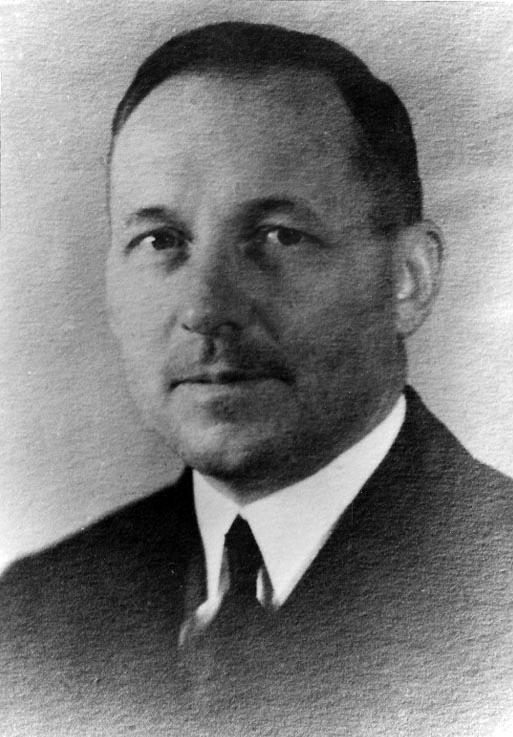
Captain Bennion, the commanding officer of the USS West Virginia, was mortally wounded but continued to lead and protect his ship. Despite his injuries, he insisted on staying at his post on the bridge, demonstrating exceptional courage and dedication.

During the Japanese bombardment of Sand Island, Midway Islands, 1st Lt. Cannon, Battery Commander of Battery H, 6th Defense Battalion, displayed remarkable courage and dedication. Mortally wounded by enemy shellfire at his command post, he prioritized the evacuation of his injured men before allowing his own evacuation. He continued to direct the reorganization of his command post until he was forcibly removed.
In the initial Japanese attack on the Naval Air Station at Kaneohe Bay, Lt. John Finn displayed exceptional heroism under fire. Despite being in an exposed position and severely wounded, he took control of a 50-caliber machine gun on the parking ramp, which was heavily targeted by enemy fire. Finn courageously manned his position, effectively returning fire throughout the sustained enemy attack, showing complete disregard for his personal safety. It was only after explicit orders that he left to receive medical aid.
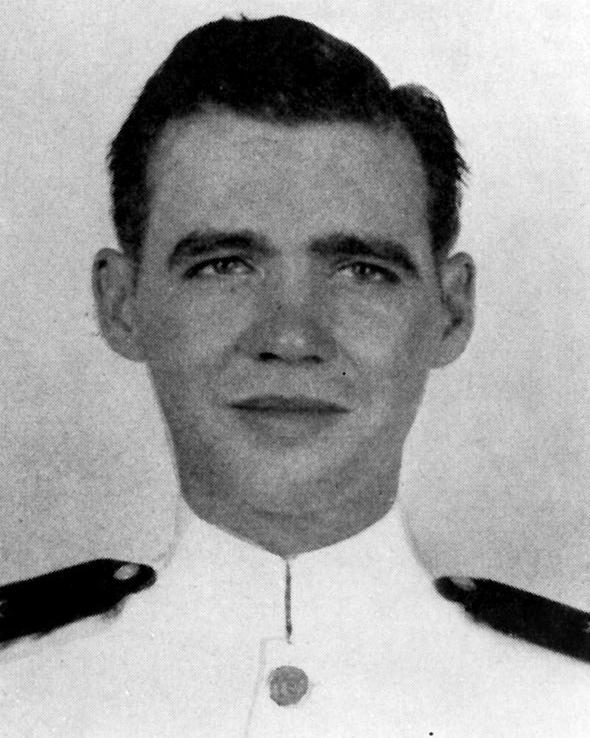
As the USS Oklahoma began to capsize, the order was given to abandon ship. Despite the imminent danger, Ens. Flaherty chose to remain in his turret, holding a flashlight to illuminate the path for his crew members to escape, ultimately sacrificing his own life.
Stationed on the USS Arizona, Lt. Comdr. Fuqua was knocked unconscious by a bomb that hit the quarterdeck, causing a severe fire and extensive damage. Regaining consciousness, he took immediate action to manage the firefighting efforts. Recognizing that the ship was lost and as the senior surviving officer, he ordered an evacuation, continuing to oversee the rescue efforts until he was certain all survivors had been evacuated.
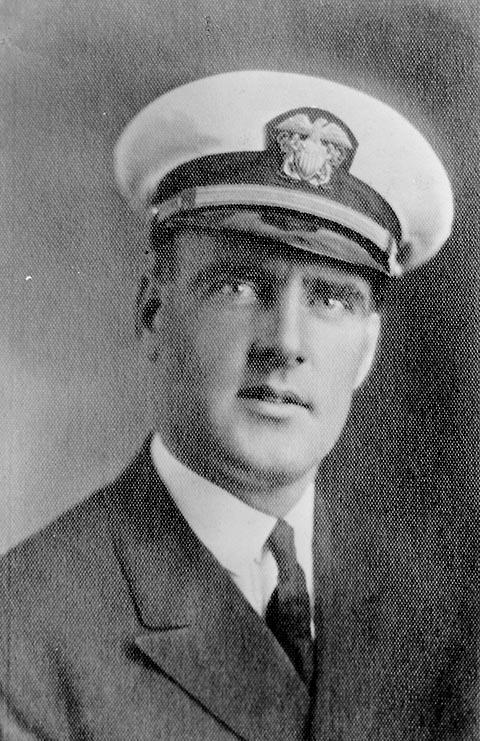
At the height of the bombing in the attack on Pearl Harbor, Chief Boatswain Hill led his men of the USS Nevada to the quays, then cast off the lines and swam back to his ship. Later, while on the forecastle trying to release the anchors, Hill was tragically killed by the explosion of several bombs.
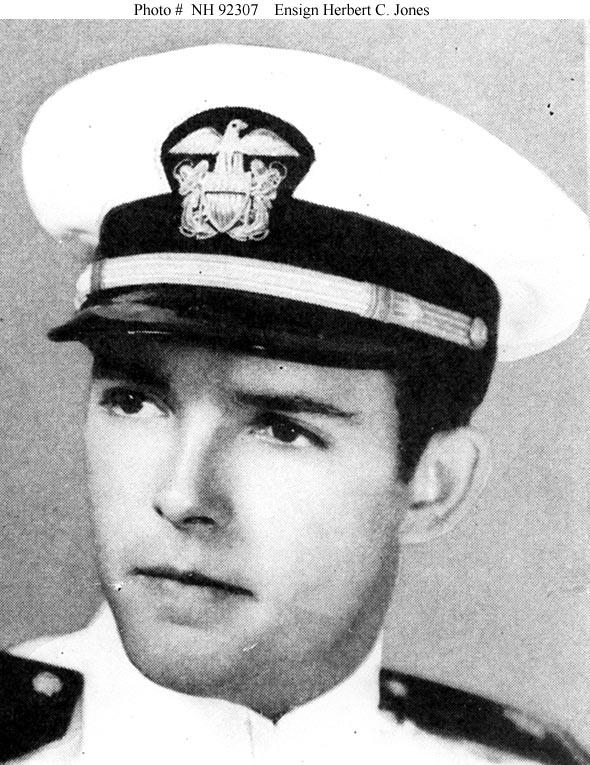
Ens. Jones organized and led a party which was supplying ammunition to the anti-aircraft battery of the USS California after the mechanical hoists were put out of action, when he was fatally wounded by a bomb explosion. When two men attempted to take him from the area which was on fire, he refused to let them do so.
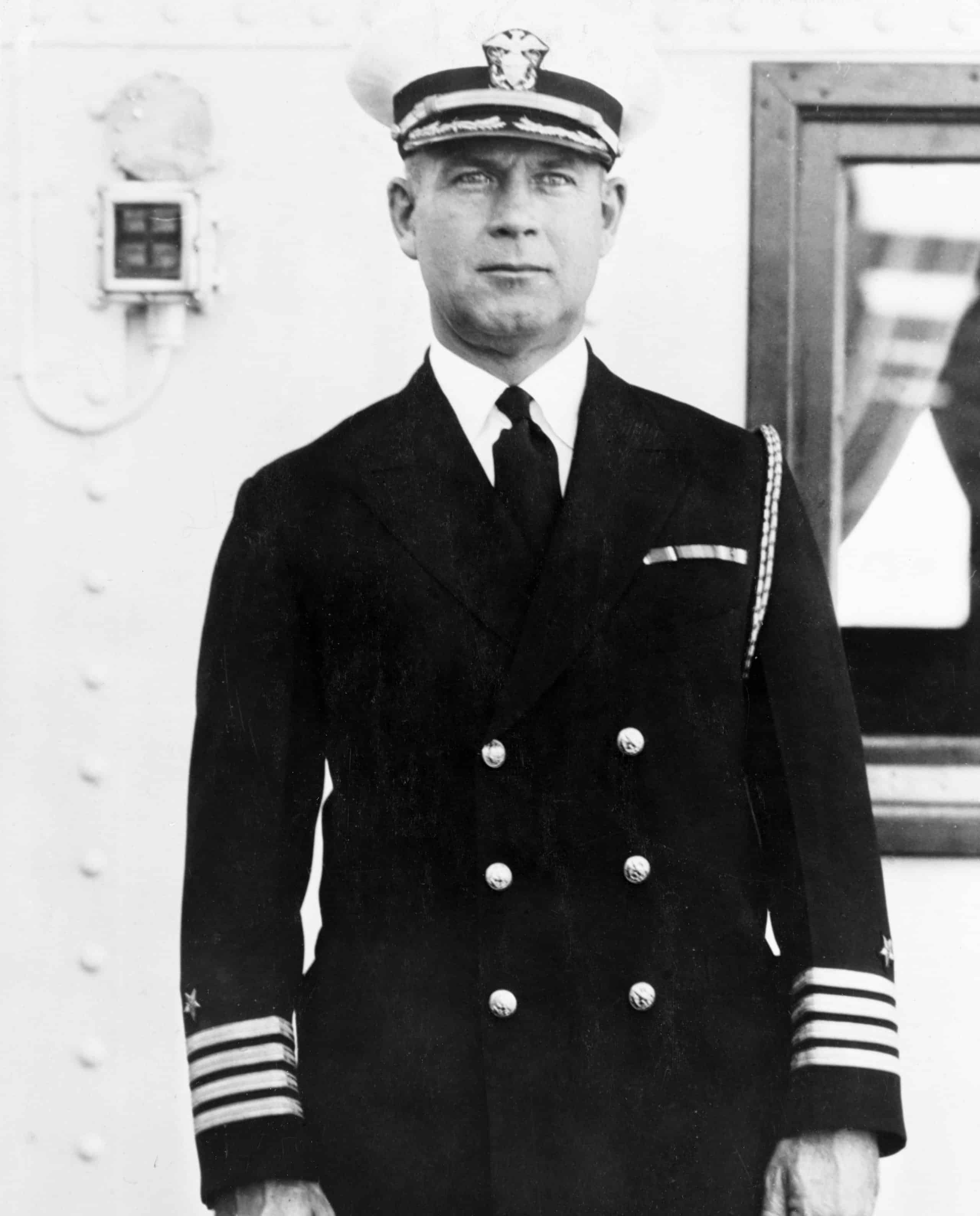
Rear Admiral Kidd exemplified exceptional bravery during the attack on Pearl Harbor. At the onset of the attack, he promptly proceeded to the bridge of his flagship, the USS Arizona, to take command as Commander Battleship Division One. Tragically, his life was cut short when the USS Arizona suffered catastrophic damage from magazine explosions and a direct bomb hit on the bridge.
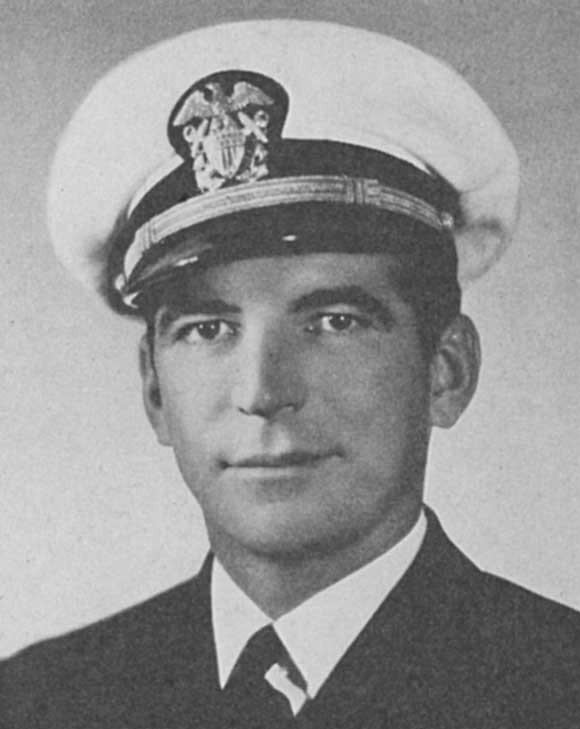
Despite being severely injured by the concussion of the first torpedo strike on the USS California, Lt. Pharris quickly recovered and set up a manual ammunition supply chain for the anti-aircraft guns. With many of the remaining crewmembers overcome by oil fumes and the ship without power listing to port from a second torpedo hit, Lt. Pharris ordered a counterflood. He was twice rendered unconscious by the fumes and handicapped by his injuries, but he persisted in his desperate efforts to speed up the supply of ammunition and at the same time repeatedly risked his life to enter the flooding compartments and drag to safety unconscious shipmates who were gradually being submerged in oil.
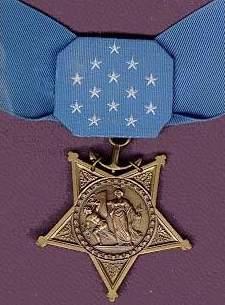
After the USS California’s mechanized ammunition hoists were disabled during the attack, Reeves took decisive action. Reeves, on his own, assisted in the maintenance of an ammunition supply by hand to the antiaircraft guns until he was overcome by smoke and fire, which resulted in his death.

Machinist Donald Ross exhibited exceptional bravery and commitment to duty aboard the USS Nevada. When his station in the forward dynamo room became untenable due to smoke, steam, and heat, Ross forced his men to leave that station and performed all the duties himself until blinded and unconscious. Upon being rescued and resuscitated, he returned and secured the forward dynamo room being rendered unconscious. Again, after recovering consciousness, he returned to his station where he remained until directed to abandon it.
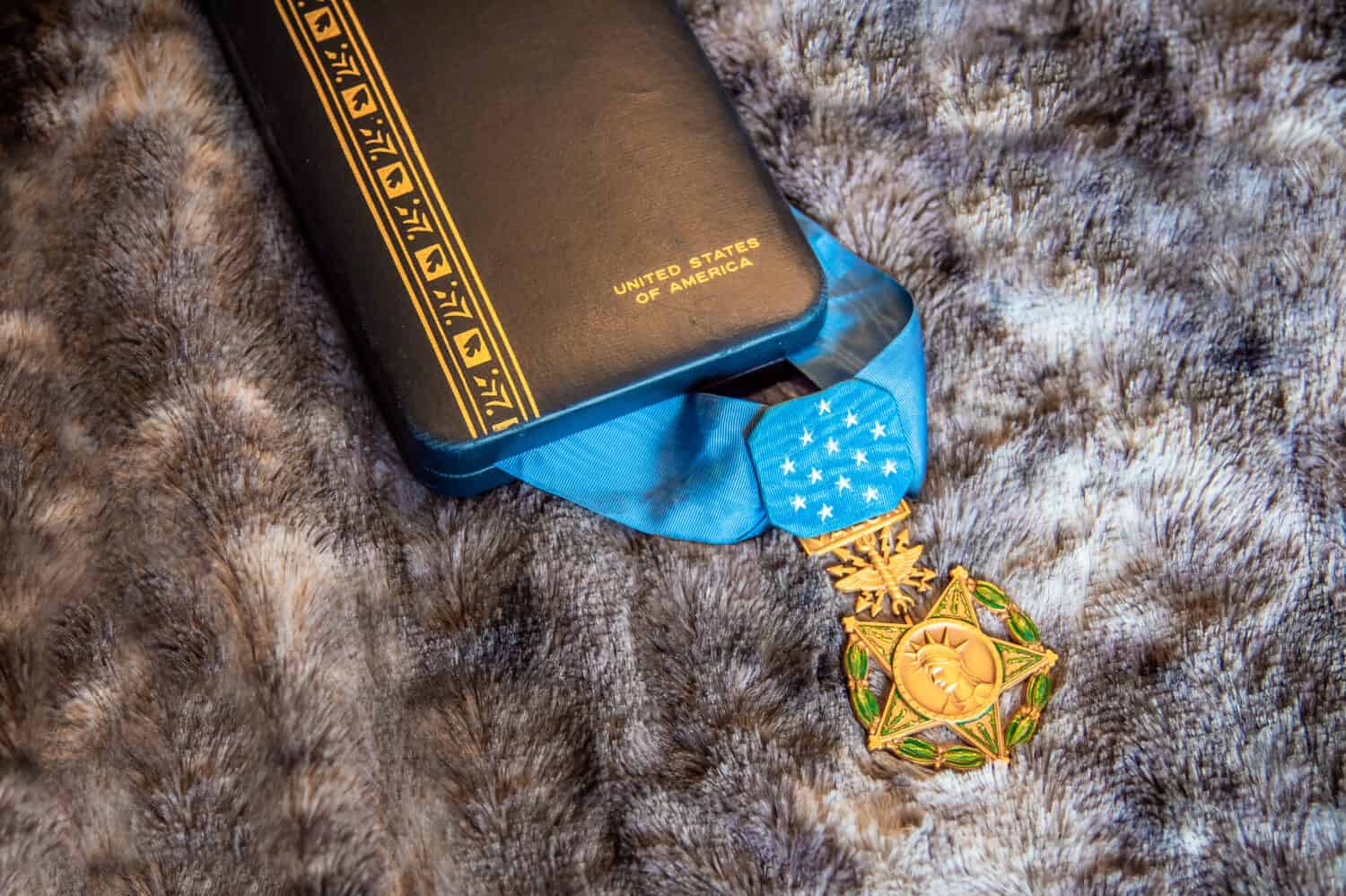
After a torpedo strike flooded the compartment containing the air compressor where Scott was assigned in the USS California, evacuation orders were given. Despite the danger, Scott chose to remain at his post. His declaration was this, “This is my station and I will stay and give them air as long as the guns are going.”
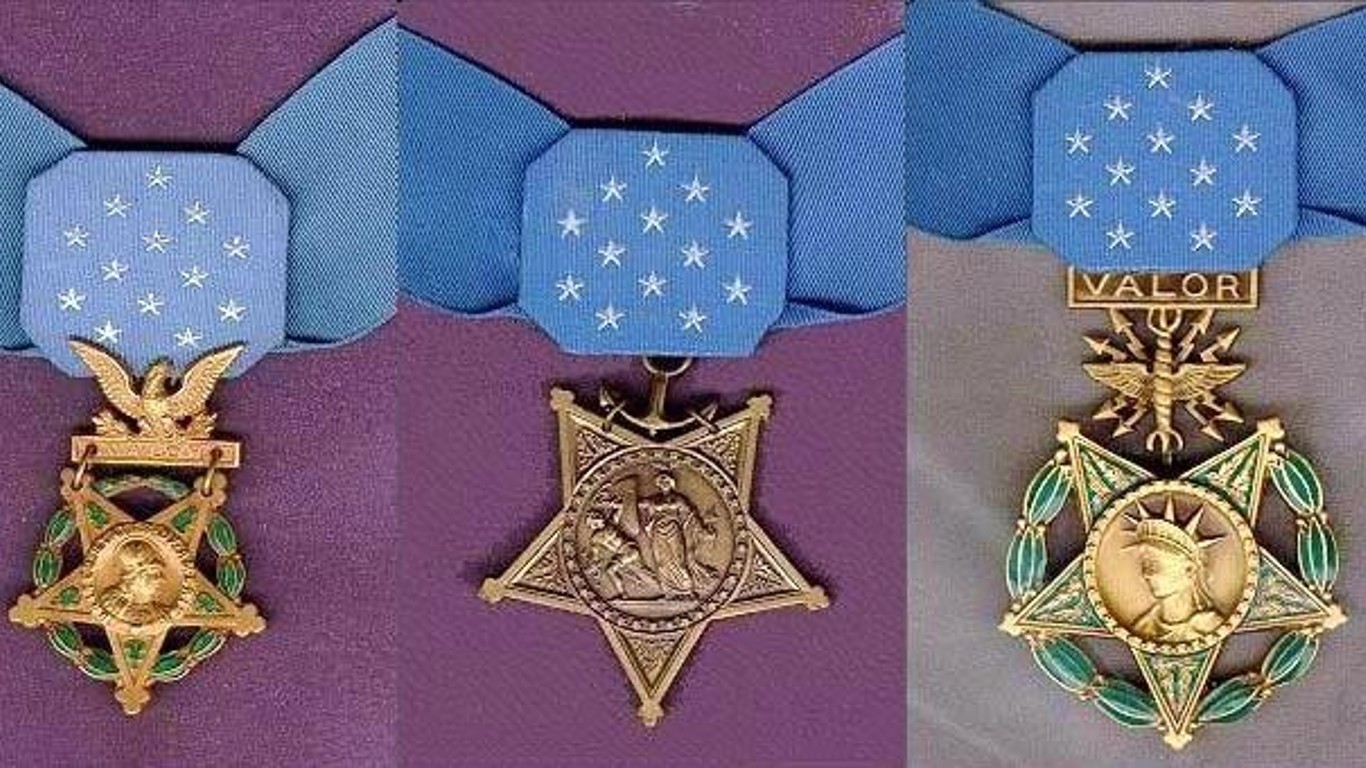
Aware that the ship was capsizing due to enemy bombing and torpedoing, Chief Watertender Tomich remained at his post within the engineering plant. He took charge of securing all boilers and ensured that all fireroom personnel safely evacuated their stations. His selfless actions during these critical moments prioritized the safety of his crew over his own life, ultimately leading to his sacrifice.

As commanding officer of the USS Arizona, Capt. Van Valkenburgh gallantly fought until the Arizona blew up from magazine explosions and a direct bomb hit on the bridge which resulted in the loss of his life.

When it was seen that the USS Oklahoma was going to capsize and the order was given to abandon ship, Ward remained in a turret holding a flashlight so the remainder of the turret crew could see to escape, ultimately sacrificing his own life.
Despite the danger, Comdr. Young took control as the commanding officer of the USS Vestal, first heading to the bridge and then managing the ship’s three-inch anti-aircraft gun, ultimately being blown overboard. Despite enemy bombing and strafing at the time, Young moved his ship to anchor far from the USS Arizona and then beached the USS Vestal upon determining that such action was required to save his ship.
Start by taking a quick retirement quiz from SmartAsset that will match you with up to 3 financial advisors that serve your area and beyond in 5 minutes, or less.
Each advisor has been vetted by SmartAsset and is held to a fiduciary standard to act in your best interests.
Here’s how it works:
1. Answer SmartAsset advisor match quiz
2. Review your pre-screened matches at your leisure. Check out the advisors’ profiles.
3. Speak with advisors at no cost to you. Have an introductory call on the phone or introduction in person and choose whom to work with in the future
Thank you for reading! Have some feedback for us?
Contact the 24/7 Wall St. editorial team.